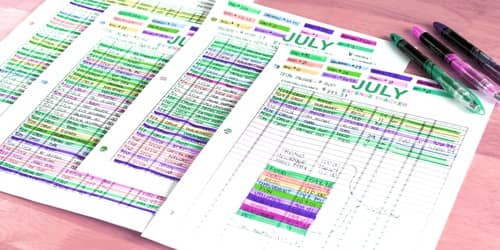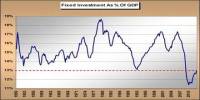Concept of Cash Budget and its Preparation
A cash budget is a summary of the firm’s expected cash inflows and outflows over a projected time. It helps to ensure that your organization, division, or department will have the cash necessary to function throughout the budget period. In other words, a cash budget involves a projection of future cash receipts and cash disbursements over various time intervals. The cash budget is then prepared by taking into consideration, that safe level of cash. So, it is also called as cash receipts and cash disbursements budget. Cash budget helps the management in:
- Determining the future cash needs of the firm.
- Planning for the financing of those needs
- Exercising control over cash and liquidity of the firm.
The overall objective of the cash budget is to enable the firm to meet all its commitments in time and at the same time prevent accumulations of unnecessary large balance with it. For example, (a) Sales from the sales budget (b) Materials, labor, overhead expenditure, and capital expenditure, etc., from the concerned budgets.
A cash budget is mostly prepared on cash receipts and payments basis which is called Receipt and Payment Method. Such information helps the managers to plan accordingly. In this method, the cash receipts from various sources and cash payments to different agencies are estimated. It helps the managers to determine any excessive idle cash or cash shortage that is expected during the period. Cash requirement of all functional budgets including capital expenditure budget is taken into account. Accruals and adjustments are excluded while preparing the cash budget by receipt and payment method. The receipts and payments may be divided into two specific categories as follows:
Receipts: The total receipts are added with an opening balance of cash and deducted the payments to get a closing balance of cash.
(A) Capital receipts
- Sales proceeds from capital assets
- Proceeds from issue of shares and debentures
- A loan from financial institutions
(B) Revenue receipts
- Cash sales, collection from debtors and bills receivable
- Interest on loan and advances, investments
- Dividend receipts
- Others.
Payments: If receipts are more than payments, there is a surplus of cash at the end of the month and vice versa.
(A) Capital payments
- Redemption of redeemable preference shares and debentures
- Payment of long term loan
- Purchase of fixed assets.
(B) Revenue payments
- Cash purchases, payments to creditors
- Payment of wages and salaries
- Payment of overheads
- Payment of selling and administrative expenses
- Payment of interest, bonus, dividend, and donations
- Payment of short term bank loan
- Payment of Taxes
The preparation of a cash budget is based mainly on the following information:
- A detailed estimate of cash receipts
- Detailed estimate if cash disbursements
- Time lag in induced by credit purchases
- Desired to end cash balance
If the ending cash balance is in excess of desired ending cash balance, the loan may be repaid to temporary investment may be made. And if ending cash balance is less than the desired one, then borrowing will be made.
Information Source:
















